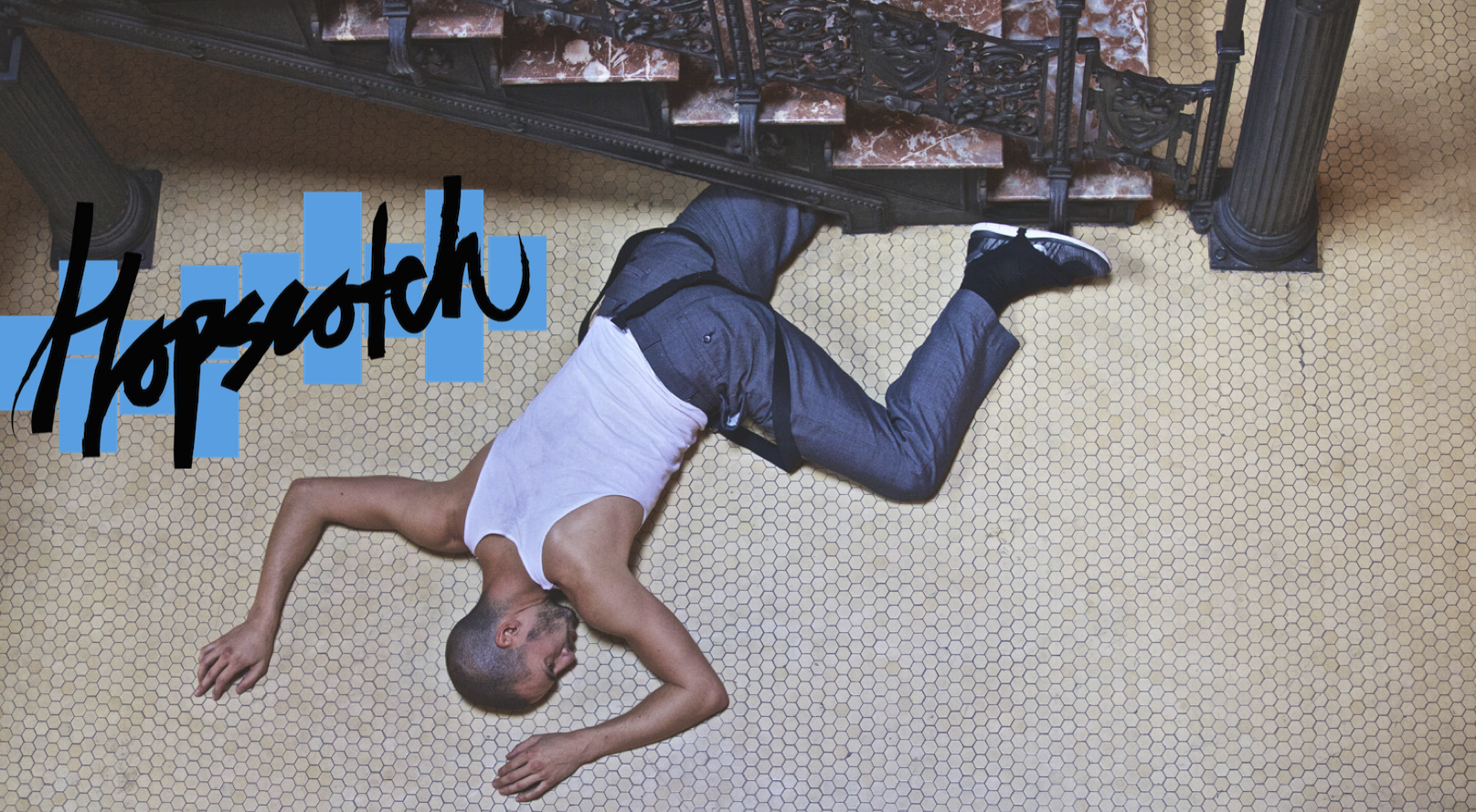
October 12, 2015
When Advertising Week happened a couple of weeks ago, I joined a discussion about Absolut Silverpoint, a marketing campaign that ran in London for 14 days last April. Silverpoint was noteworthy because it was an app, not an ad. It didn’t take over your computer screen unbidden; you had to download it. It was the kind of marketing people actually want to experience, as opposed to the kind they go out of their way to avoid. It was immersive, not intrusive. As Brand Republic put it, “Absolut’s Silverpoint app has taken over our lives.” Which makes it a sort of model for what marketing has to do in the future.
How did it work? It started off as a simple iPhone game you could download from the Apple Store. As you played it, it morphed into a story—a mystery story about a woman named Chloe who has gone missing. New bits of story were unlocked as you moved up through the levels in the game. Finally it morphed into a live theatrical experience staged by Punchdrunk, the company behind Sleep No More, the immersive theater production that’s been running in New York for more than four years now.
Absolut’s goal was to renew its connection with Andy Warhol, whose participation in the 1985 Absolut Warhol campaign became the first in a series of collaborations between the brand and hot artists, and to call attention to a new limited-edition Andy Warhol bottle series. Created by the London agency Somethin’ Else in partnership with Punchdrunk and the Andy Warhol Foundation, the experience played off a set of long-forgotten drawings Warhol had made in the 1950s, well before he became famous. The drawings were done in silverpoint, a traditional technique that involves drawing with a silver stick. Hence the name.
The Warhol imagery served as a starting point for the game. As you set about retracing Chloe’s steps, the game began to learn things about you. Eventually, using iBeacon technology to communicate with your phone, it might lead you to a London bar where you’d be given a free drink of Absolut. Those who were most engaged found themselves led 15 to 20 at a time into the sub-basement of a Victorian shopping arcade in Islington. There, in a small and claustrophobic room, the mystery of Chloe’s disappearance took an unnerving turn when one of the group was hurled into a pit—or so it seemed. (In truth a mannequin was involved.)
According to Somethin’ Else, more than 20,000 people have downloaded the game, and about 2,500 took part in one of its live events. (The app can still be downloaded in the UK, but the live portion ended in April.) Some 13,000 played the game for five hours or more. The campaign reached nearly three-quarters of the 25-to-34-year-olds in London—the dominant age group in the capital, with a much higher percentage of the population there than in the rest of England.
A couple of years ago, something like this might have been billed as an alternate reality game. Not now. “We call these things content systems,” Somethin’ Else’s chief creative officer, Paul Bennun, told me as we sat in the green room with Adam Boita, head of marketing for Pernod Ricard UK, and Punchdrunk founder Felix Barrett. “When everything is interconnected, it means that everything is interdependent. You have to see it as a system. You have to use systems thinking“—and story is one element in the system.
At the same time, Absolut Silverpoint demonstrates the blur that digital encourages. The Absolut Warhol campaign 30 years ago was a blend of art and commerce, but it ran in magazines where it was clearly categorized as advertising. Absolut Silverpoint was not an ad in any conventional sense. Instead it was many things at once: marketing, promotion, entertainment, game, story, theater. . . . Most importantly of all, it aimed to draw you in, not to leap out in front of your screen.











Comments
Comments are closed here.